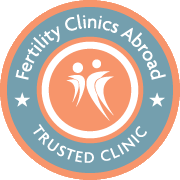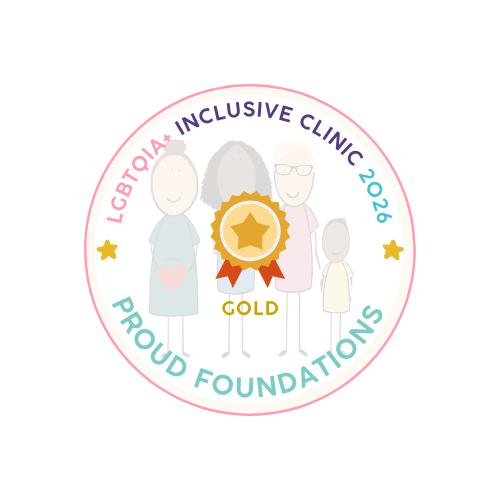The embryo transfer usually takes place 3 to 5 days after the oocyte retrieval. This is because the retrieved oocytes need to undergo fertilization, culture for a few days and after careful selection of the best morphologically embryo/-s, the embryo transfer will take place. On the day of the egg retrieval, you will start taking progesterone, in order to make your uterus receptive for the implantation of the embryo/-s.
At Newlife IVF Greece, embryos are usually transferred into the uterus on the 5th day (or more rarely on the 6th day), of their development. It typically takes 9 days until β-hCG (beta human chorionic gonadotropin) levels are high enough to be detected in the bloodstream on a pregnancy test. These 9 days can seem like the longest wait of your life. Post embryo transfer, you can relax, knowing that you’ve done everything possible to become pregnant.
However, if you are wondering what happens to your body each day after your embryo transfer, here are the events that take place.
Once your embryo/-s have been replaced (i.e. transferred), with the aid of a catheter in your uterus, the implantation should happen at the latest, by the following day. Certain hormone levels will rise in order to sustain the pregnancy.
Here we present a day-by-day guide at what should happen following a successful transfer.
Day 1: The developing blastocyst begins to hatch out of the oocyte membrane, a process called hatching. The cells will carry on dividing and increasing, throughout this process.
Day 2: The blastocyst continues hatching and starts to attach itself to the uterine lining, one of the most important parts of the process.
Day 3: The blastocyst attaches deeper into the uterine lining and implantation begins. It’s perfectly normal to experience some bleeding or spotting around this time, but it’s not a cause for concern.
Day 4: The blastocyst progresses even deeper into the uterus and begins to be supplied by the endometrial blood flow. Some people experience more bleeding at this stage, but a lack of bleeding or spotting also doesn’t mean that it has not been successful.
Day 5: Implantation is considered complete, and the embryo is still developing. The cells differentiate into those that will give the placenta as well as those that will form the fetus.
Day 6: Placenta cells begin to secrete β-hCG, which enters the bloodstream. This hormone causes the secretion of progesterone in order to enrich the uterus and support the developing fetus.
Day 7: The fetus continues to grow and the more the placenta grows, the more β-chorionic secretion is secreted into the bloodstream.
Day 8: Fetal development continues and β-hCG continues to be secreted.
Day 9: Levels of β-hCG are now high enough in the maternal bloodstream in order to detect a pregnancy through a blood test.
After the embryo transfer
We recommend that you relax after your transfer for a day or two, but this is not essential. Some symptoms, that apply to early pregnancy, after embryo transfer are similar to your menstrual cycle and can be very frustrating:
- Slight bloating
- Fatigue
- Mood swings
- Sore breasts
- Light spotting
Here are some tips, you could follow during this time to take care of yourself:
- Eat and take care of yourself as if you’re pregnant. Maintain a healthy diet, restraining from drinking or smoking.
- Do not lift anything heavy or do vigorous exercise (walking or gentle movement is fine), since this might cause uterine contractions.
- During this extremely emotional time, affected by both the hormones and the dream of a family, ensure you have emotional support.
- Many women find it helpful to focus on work or a project to make the wait easier.
Good luck!

Eirini Neofytou, BSc, PhD
Eirini is an Embryologist working in the IVF laboratory and a member of the scientific team of Newlife IVF Greece.











